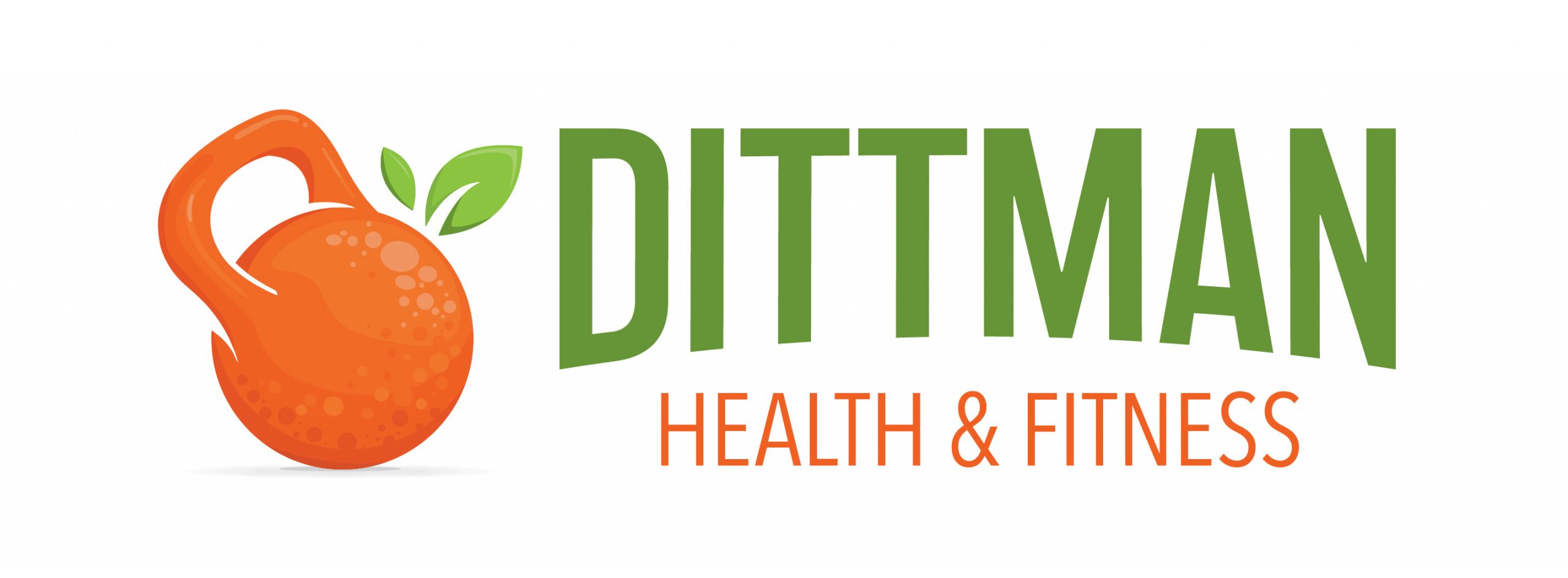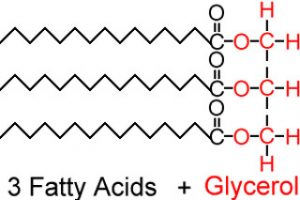Pullups are my favorite exercise (besides the squat).
Nothing has built my back up more over the past few years than simply doing a lot of pullups. They are the best upper body exercise in my opinion.
Yet there was a time – probably about 7 years ago – that I could not even do one.
Even when I started working out at home with just a set of dumbbells it took me some time to do one, let alone a few. I eventually got it a few months after getting started lifting but stalled out and struggled in the following years up until recently.
I want to share this with you in the hopes that I can help you achieve success with getting your first one quicker than I did.
There are two main factors at play in the pullup:
- Are you strong enough to pull yourself up
- Are you light enough to pull yourself up
For the rest of this article I’m going to focus strictly on increasing strength as fat loss could be a whole blog series of its own.
Strengthen Your Back
If you are a beginner you can make all kinds of gains in a short amount of time. I can attest to this; when I was 17 and first started hitting the weights hard I saw great increases in size and strength within 7 months of dedicated training. At the beginning, I couldn’t do one pullup. By the end, I could do about 10. The funny thing is I didn’t even train pullups that much!
By increasing your overall strength and specifically the muscles that are worked in the pullup, it will help you get one.
Eventually you do want to train the pullup more specifically, but just getting stronger back muscles will help. Any kind of rowing or pulling exercise are your friend here.
Now let’s get specific to the pullup.
Concentric, Essentric, Isometric
If you are new to fitness you may not know these terms but they are important to understand. So let’s define them.
The concentric part of the movement contracts the muscle against the pull of gravity. An example concentric portion of a lift is a biceps curl from the bottom up.
Essentric is just the opposite; it’s the movement with gravity. Lifters have to control the weight amd slow down the movement in the Essentric portion. Continuing with the biceps curl example, it’s lowering the weight back down to the starting position.
Isometric is the pause in between concentric and Essentric. Isometric training is very common amongst gymnasts who hold their position without flexing. Some powerlifters use this as well with pause versions of big lifts.
Every exercise has a concentric, eccentric, and isometric portion to it. These are variables we can manipulate to produce a different stimulus depending on the goal. You should use all three of these movements to strengthen you back to do more pullups.
Strengthening the Concentric
First, get some resistance bands. I have these Functional Fitness bands I ordered from amazon:
They are great not only for pullups assistance but you can also use them for stretching and mobility. If you are unable to do any, wrap one around the bar and put a knee or both feet into it. It will assist you by taking some of the load off your muscles. If it gets too easy with one, use the next size down until you are doing them freely.
Strengthening the Essentric
Another great thing to do is negative reps. To do this, get a chair or bench and start by holding yourself at the top of the bar. Step off the chair or bench and hold yourself there, slowly lowering to the bottom. Repeat this for several reps.
Strengthening the Isometric
To increase isometric strength, simply get yourself up to the bar and hold in a flexed position as long as you can. To work different areas of your back and arms, be sure to vary the grip as well as the height of the hold each time.
Greasing the Groove
If you want to do more pullups do more pullups! If you have a pullup bar in a doorway at home, make it a goal to crank out 5 every time you go through that doorway. Or do several sets as part of your warm up, then during your workout, and after. The best way to get better at something is to practice it.
Pullups are a fantastic exercise that everyone should be doing. It can be demoralizing when you can’t do one or that many though, believe me I know. I hope these tips help you see success with them and if you like this article please like, share, and let me know.




